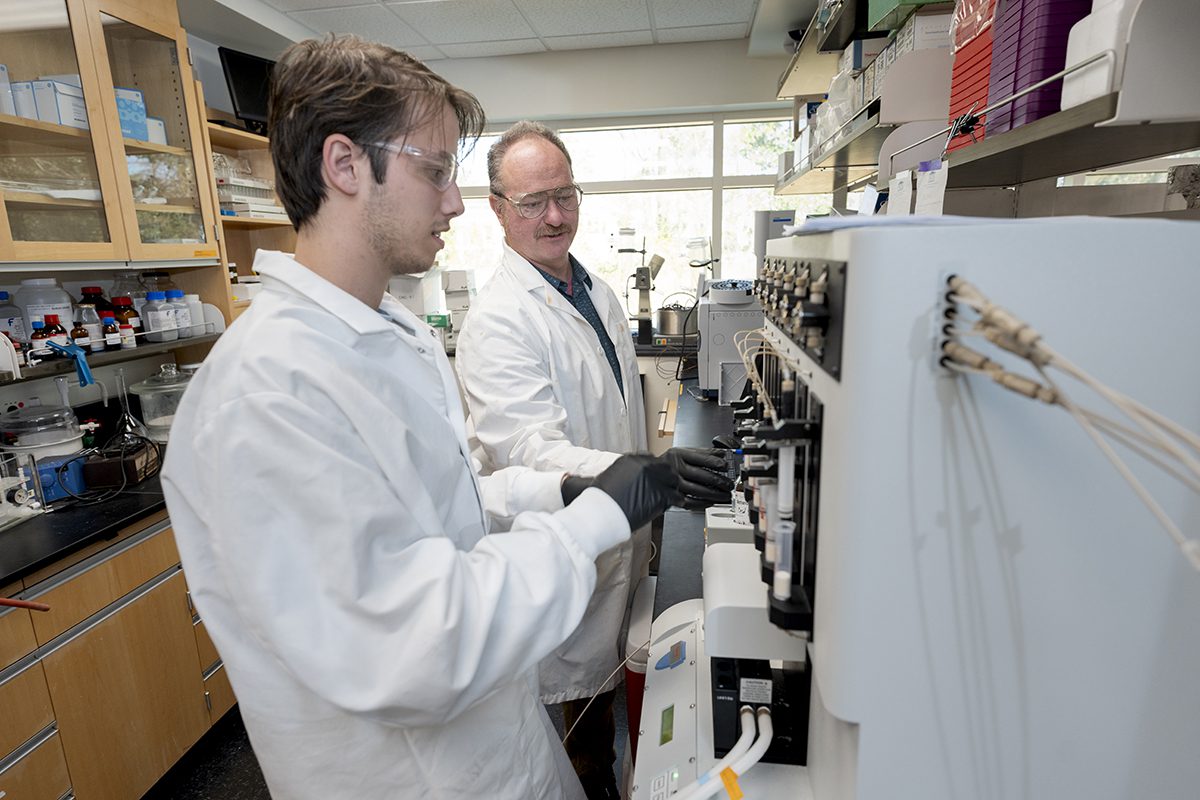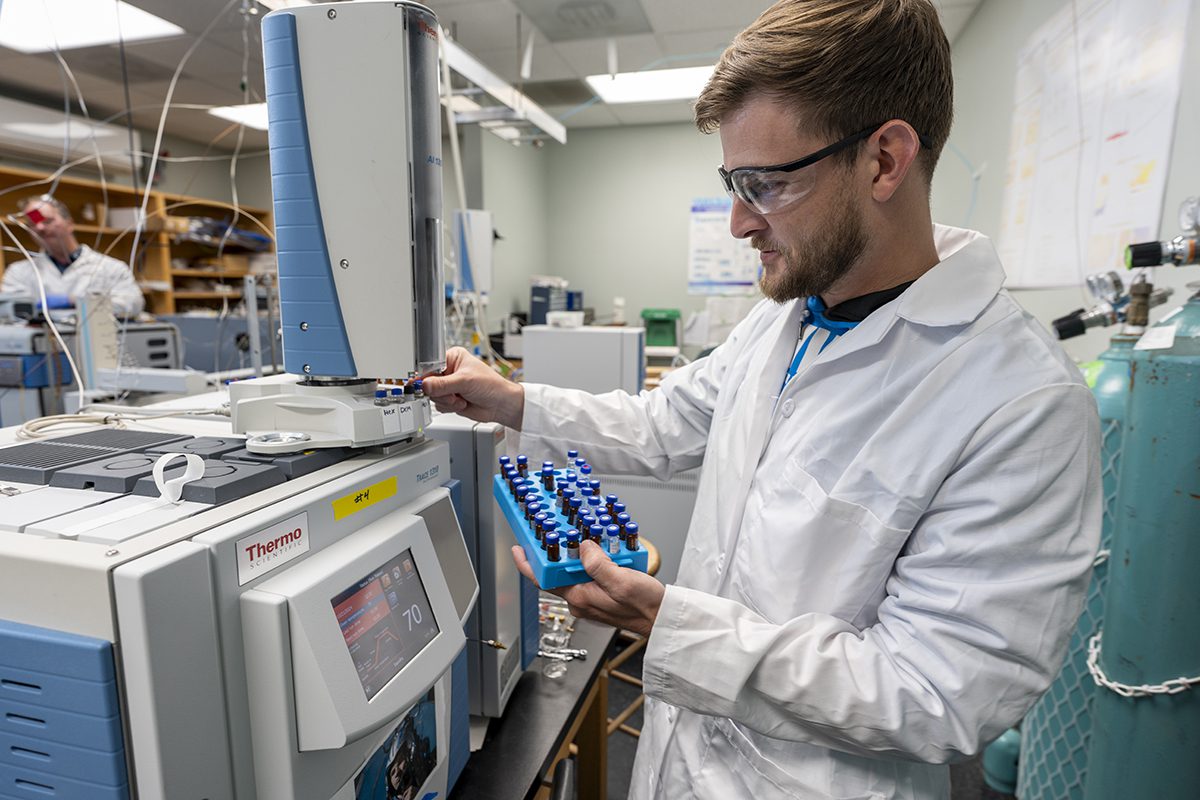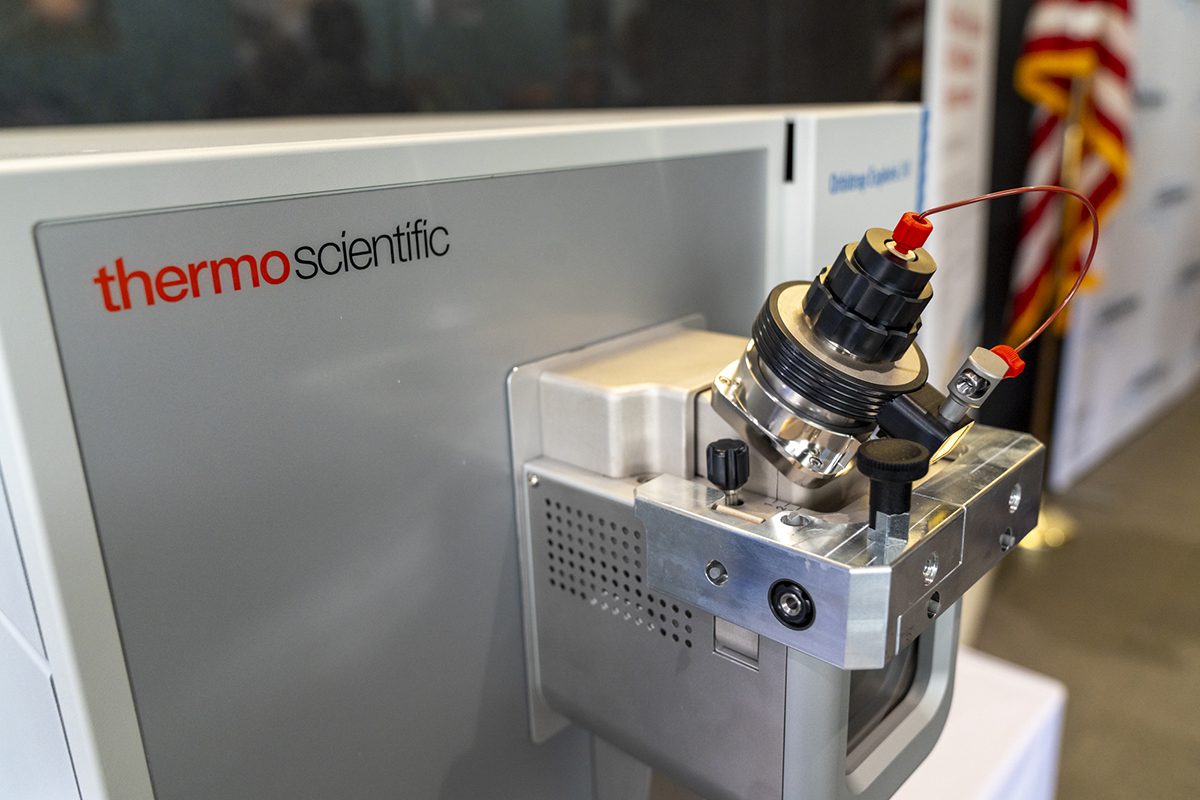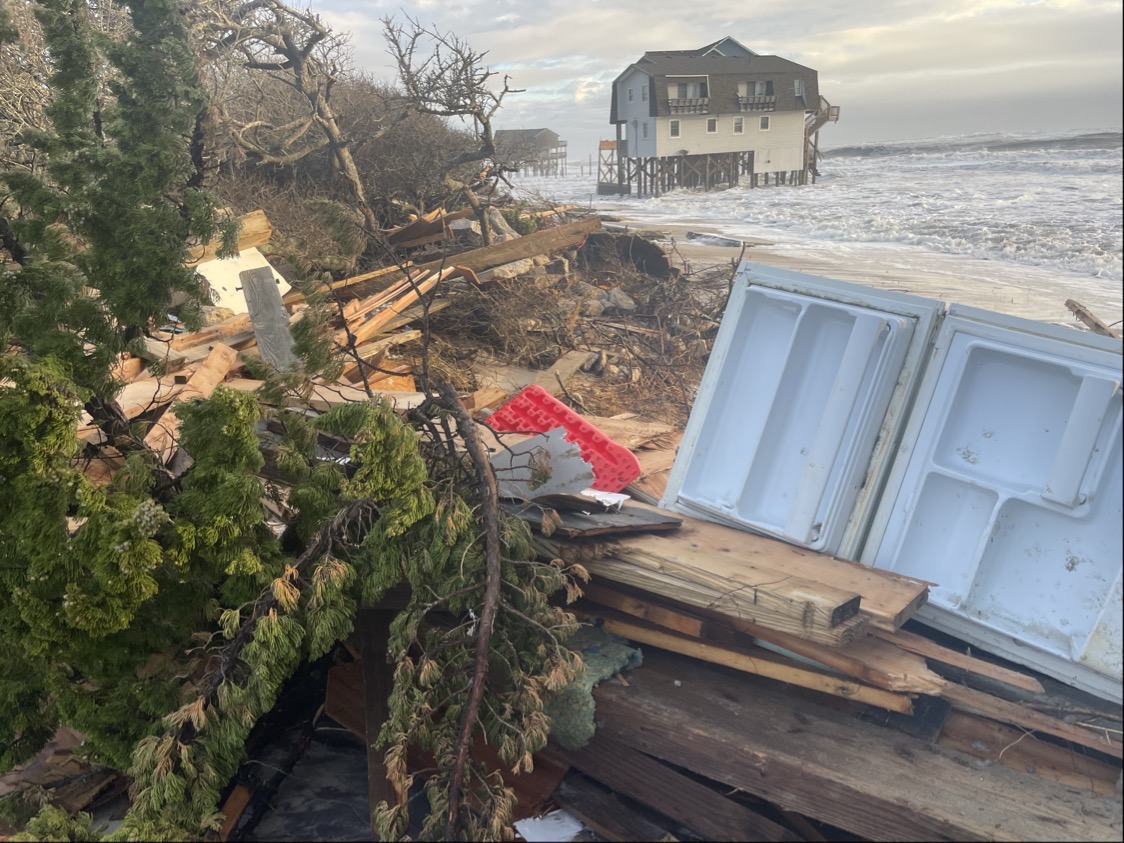
WILMINGTON – North Carolina’s leading PFAS researchers aim to trace the chemical compounds found in waterways, air and soil in the state to the polluters emitting them.
Using newly acquired machines called mass spectrometers, scientists will also have the ability to identify per- and polyfluoroalkyl substances not in the Environmental Protection Agency’s registry, one that has steadily grown over the past several years from a few thousand to 15,000 known PFAS today.
Supporter Spotlight
The brand-new fleet of mass spectrometers are being disbursed to research labs on a handful of university campuses that are part of the North Carolina Policy Collaboratory’s PFAS Testing Network.
Referred to as the PFAST Network, this group of academic researchers was created after scientists at N.C. State University and the EPA discovered that the Cape Fear River, the drinking water sources for tens of thousands, contained elevated levels of PFAS.
The discovery sparked what has become a nationally-recognized, state-led effort to better understand the potential human health effects of PFAS and ways to cut down the amount of these chemicals from getting into the environment.
Academic researchers, state legislators, environmental regulators and representatives with Thermo Fisher Scientific Inc., the multibillion-dollar company that makes the mass spectrometers, recently hosted a press conference on the campus of the University of North Carolina Wilmington’s Center for Marine Science to announce how the technology will be used to expand PFAS research here in the state.
Related: Secretaries’ Science Board to review PFAS’ effects
Supporter Spotlight
Dr. Lee Ferguson, an environmental analytical chemist and assistant professor at Duke University, said the investments by the North Carolina General Assembly, which has pumped millions into PFAS research, and the collaboration with Thermo Fisher, puts the network at the cusp of increasing the sophistication of its PFAS investigations.
The mass spectrometers will allow researchers to move from canvassing the state for PFAS contamination to “understanding sources, tracking those sources, fingerprinting those sources and then move into collaborations with treatment technologies and treatment engineers to try to remove those contamination sources,” he said.
“Specifically, the new instrumentation that we are getting, and already have in some cases, will allow us to do things like ultra-fast and ultra-sensitive, targeted and nontargeted analysis so that we can try to get a picture of those 15,000 PFAS compounds that may be present,” Ferguson said.
In all, five mass spectrometers are being delivered to labs at Duke University, N.C. State, UNCW and East Carolina University.
Thermo Fisher showcased a mock mass spectrometer at the March 27 afternoon press conference. The instrument is not exactly a visual marvel. It looks like a large, boxy-shaped piece of equipment you might see in any given lab.
Each machine will be used like a key that will unlock some of the mysteries about PFAS –which PFAS are in the environment, what levels of them are in the environment, where they’re coming from and what treatments are available to reduce the amount that get into the environment.

UNCW Professor Dr. Ralph Mead explained that the mass spectrometer in a lab he heads at the university’s Center for Marine Science will be used to investigate samples of everything from rain and snow to soil.
“Specifically, the questions that we’re trying to address is understanding can we use that instrument to develop a forensics approach to trace the source of PFAS, as well as understand the fate and ultimate transport of it,” he said.
As researchers gather this and other information, they will be able to create an online library, one that would be a resource for environmental regulators and law makers navigating how much to crack down on industries that use PFAS to make a sweeping array of consumer goods.
The General Assembly will, by this July, have appropriated more than $50 million for the collaboratory specifically to perform PFAS-related research in the state.
Sen. Mike Lee, R-New Hanover, one of a small number of state delegates who spoke at last week’s press conference, said North Carolina is fortunate, not because it is, in some respects, ground zero for PFAS, but because the state has some of the leading experts to take on PFAS research.

“Here we are today utilizing state-of-the-art equipment from a great company to really accomplish some of the goals that we not only want as a state, but we want as a solution to a worldwide problem,” he said.
Rep. Deb Butler, D-New Hanover, said the discovery of PFAS in the Cape Fear region is a reminder of the far-reaching consequences of unchecked pollution.
“For too long, PFAS contamination has lurked beneath the surface undetected and unchecked,” she said. “In my opinion, we have not been diligent enough on the front-end of manufacturing and that must change. We must demand stringent standards for PFAS emissions, as well as any discharge that affects our public trust resources. We must strengthen enforcement mechanisms and promote pollution prevention initiatives. By addressing the root causes of contamination rather than focusing on the cleanup, we will better serve the citizens of North Carolina.”







